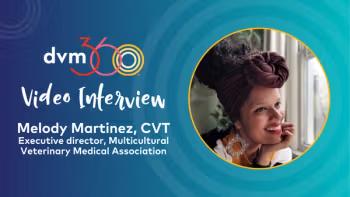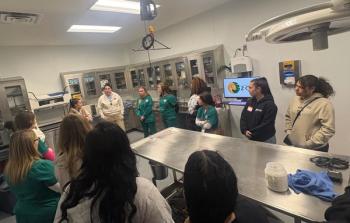
Clue in on canine anxiety cues
Canine body language isn't necessarily easy to read.
Canine body language isn't necessarily easy to read. People aren't even always adept at figuring out how friends, family members, or co-workers are feeling, which results in miscommunication and unintentional hurt feelings. Understanding nonverbal communication in your canine patients is critical because they don't speak our language.
Some dogs display classic signs when they are anxious. These signs range from subtle (licking lips) to obvious (overt aggression). Many of the early behaviors associated with anxiety and fear are normal behaviors performed out of context. For example, dogs pant when they exercise but also when they are nervous and have not exerted themselves.
Most of the time, anxious or fearful dogs will display more than one sign, or they may show a progression from subtle signs to more obvious ones if their anxiety is not relieved. Subtle signs include avoiding eye contact, repeated yawning, or frequent licking of the lips. Obvious signs include laying the ears back on the head, lowering the head, tucking the tail, panting, salivating, pacing, or trying to withdraw from the stimulus.
Take a look at these photos to compare calm dogs with some that are experiencing anxiety. Learning to recognize the signs of anxiety in your canine patients can be challenging. However, by closely observing a dog's facial expressions and body language, you can quickly learn to identify when it is anxious and take measures to reduce its stress and avoid escalation. This improves safety, since dogs are more likely to bite as their chance of escape is diminished.
Figures 1, 3, 4, and 5 courtesy of Heather Mohan-Gibbons; Figure 2 courtesy of Dr. Valarie Tynes
Dr. Tynes owns Premier Veterinary Behavior Consulting in Fort Worth, Texas, and Mohan-Gibbons owns Collected Wisdom Animal Behavior in Ojai, Calif.
Newsletter
From exam room tips to practice management insights, get trusted veterinary news delivered straight to your inbox—subscribe to dvm360.






